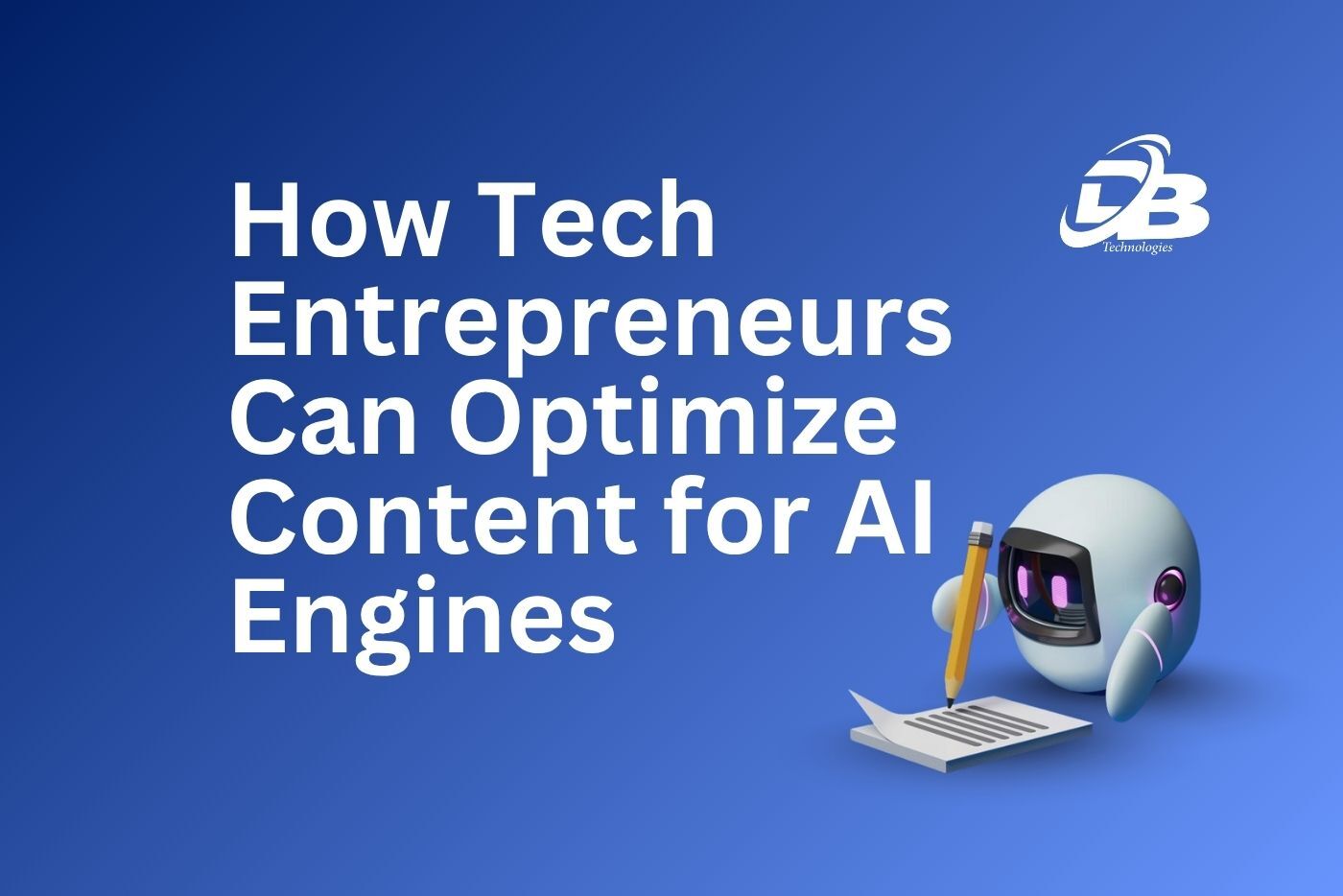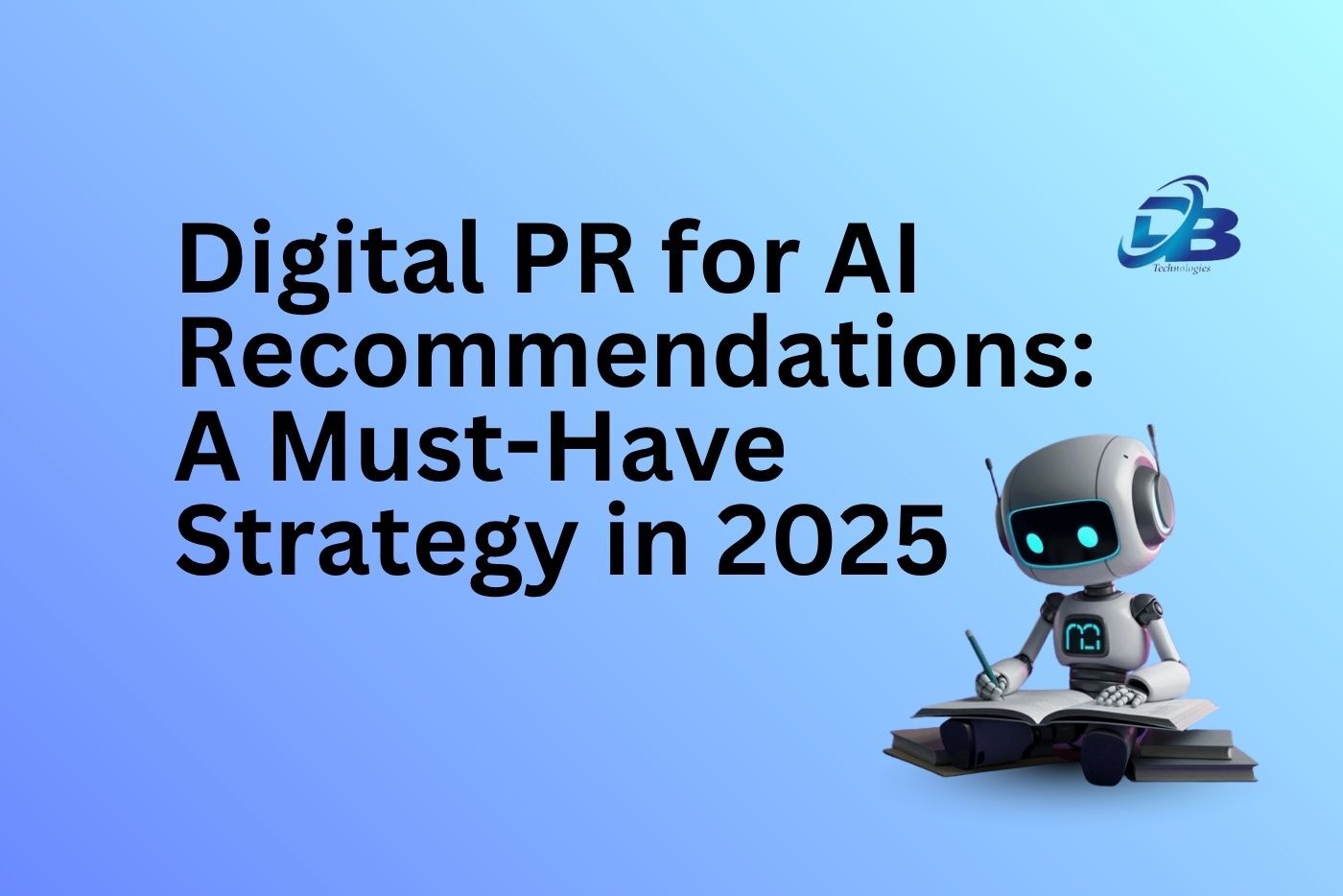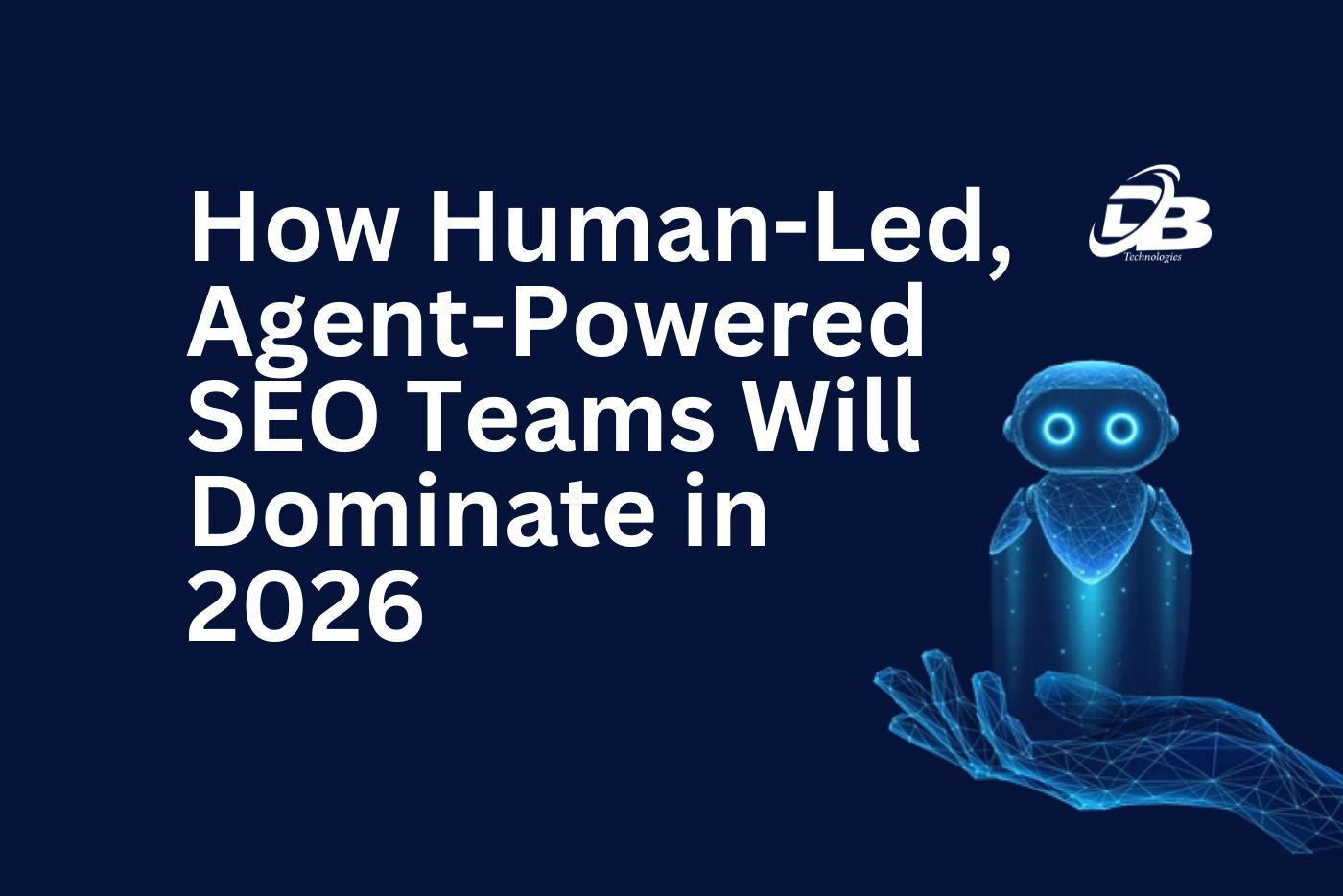
Hello, to all tech entrepreneurs. If you’re building something innovative and you want your content to work as hard as you do, you’re in the right place.
AI engines don’t just fetch web pages ,they read, interpret, and summarize the web. If your content is structured right, it doesn’t just show up; it becomes the answer itself.
In this blog we’ll walk you through practical and easy steps on how you can make sure your content aligns with and performs well for AI driven engines.
Why AI Engine Optimization Matters for Tech Entrepreneurs
You’re a founder or product lead, and your world looks like: build , launch, iterate and repeat. That’s great. But here’s the thing,your content isn’t just to inform human readers but it must also play nice with AI-powered engines and feed algorithms
Here’s why it matters:
1) When your content is “AI engine optimized” : you increase discoverability, your target audience finds you.
2) You reinforce your brand as expert and authoritative in your niche.
3) You build longevity- while ads stop, content keeps working
4) You gain a competitive edge: many tech founders focus on product but not content ergonomics.
Because tech is rapid fire, your content must be smart and efficient. That’s what we’ll aim for.
Shift From SEO to AEO
Ai engine systems focus more on trust, clarity, and authority, not just keyword density or backlinks.
Here’s what AI engines prefer:
1) Context-rich writing – Explaining not just what something is, but why it matters.
2) Verified facts – AI models love citations and references.
3) Consistent tone – Human-like, structured writing is easier to summarize.
4) Transparent expertise – Showing your first-hand experience or data builds trust.
So, instead of asking, “How do I rank on Google?”, start asking, “How do I become part of AI’s answer?”
Aligning Content Strategy With AI Engines
Start With Clear Audience + Intent
First off: before writing anything, know who you’re writing to and why. Are you talking to:
1) Investors trying to understand your tech stack?
2) Developers evaluating your API or product-tool?
3) Business stakeholders considering the ROI of your solution?
4) Researchers looking for thought-leadership in your domain?
To know ‘what” and ‘Why’ people are searching for is very crucial to understand the intent of the user and design the content strategy accordingly.
Speak Like a Human, Write Like a Teacher
One of the easiest ways to optimize for AI is to write for humans first, but teach through your content.
AI tools are trained on conversational language and factual data. So when your content sounds like something that could be used in a natural dialogue, it’s more likely to be picked up. For this you should use simple language, dont assume the reader understands tough jargon, explain concepts with help of real life examples.
E-A-T Evolves into E-E-A-T
Remember Google’s old SEO concept of E-A-T — Expertise, Authoritativeness, and Trustworthiness?
AI engines add an extra “E”: Experience.
That means they value personal insights, lived experiences, and hands-on examples over sterile textbook writing.
Example:
Bad AEO content: “AI tools can enhance productivity for tech startups.”
Better AEO content: “In my SaaS startup, integrating ChatGPT API into customer support saved around 30% of human response time. That’s the real productivity win.”
Create Answer Driven Content
When people use AI engines, they’re looking for direct answers.
If your article provides those fast and clearly written responses, it becomes more useful to the model.
How to make content “answer-friendly”:
1) Start sections with questions (like we’re doing now).
2) Provide short, 1–2 line summaries before going deep.
3) Use “if–then” statements. Example: “If you’re a B2B startup, then your focus should be on LinkedIn authority content.”
4) End sections with takeaways.
AI engines often use sentence snippets from articles that sound like they could answer a query in one go. So you want your content to read like a helpful conversation, not a lecture.
Using Data and Sources the Right Way
AI models trust verified data over opinions. So always cite where you can.
If you’re quoting stats, link to trusted publications, case studies, or government data.
Bad example:
“AI tools are growing rapidly (source).”
Better example:
“According to Gartner’s 2024 AI Adoption Report, around 78% of small tech firms have implemented at least one AI-based workflow.”
That’s data plus insight. AI engines see that as trustworthy, expert-backed writing.
Keep Your Content Fresh
AI engines are trained on data snapshots, but tools like Perplexity, Gemini, and ChatGPT Pro now fetch real-time web results.
That means recency matters.
Make sure to:
1) Update old posts every 3–6 months.
2) Add new case studies or tech examples.
3) Replace outdated stats.
4) Mention current year in your headers or meta descriptions (AI uses that to gauge freshness).
Fresh content signals relevance and this helps AI engines decide what’s worth surfacing.
Structuring Content for AI Discovery
Just like SEO needs H1s and H2s, AI needs structure too.
AI engines use headings, bullet points, and context markers to understand hierarchy, what’s important and what’s supporting info.
Key Components of Content That AI Engines Like
If you’re a tech founder writing content, here’s what really matters when it comes to AI engine optimization.
a) Title & Meta Description
Keep your title short, clear, and include your main keyword.
Write a meta description under 155 characters. Use an active voice and make it sound natural.
Example: “Learn how tech entrepreneurs can use AI engine optimization to make their content more visible and engaging.”
b) Headings
Use one H1 for your title, then organize sections with H2 or H3.
Drop your keyword in one one of the headings, as it helps both readers and AI engines follow along.
c) URL / Slug
Keep URLs short and clean. Include your keyword if it fits.
d) Keywords
Use your keyword early, preferably in the intro.
Add related terms, but don’t force it, as natural flow matters more.
e) Readability
Short paragraphs work best. About 3–5 lines.
Use connecting words (because, but, so) to keep flow smooth.
Stick to active voice and plain language, clear beats clever.
f) Links
Add internal links to your own posts and external ones to solid sources.
No dead ends. Every page should connect somewhere.
g) Multimedia
Use lists, bullets, or images to break up text.
Add descriptive alt-text (bonus if it includes a keyword).
For tech readers, code blocks or screenshots are gold.
h) Updates
Tech moves fast, so refresh your posts often.
Update old info, merge outdated pages, or redirect them.
Common Mistakes to Avoid
Most startup blogs are full of avoidable errors. Here’s what to avoid:
1) Overusing jargon. You’re not impressing AI by sounding complicated.
2) Ignoring structure. Walls of text get skipped by summarization models.
3) Writing for bots, not people. If it sounds robotic, it won’t perform.
4) Skipping updates. Outdated posts make AI engines doubt reliability.
5) Not including context. AI needs supporting facts to “believe” your claims.
Even a few of these fixes can boost your AEO potential massively.
What to Expect And What Not to Expect
Expect:
1) Gradual improvement in organic search traffic and visibility.
2) Better engagement as your readability improves.
3) Higher brand authority in your niche as you publish high-quality content.
Not to expect:
1) Instant overnight virality. AI engines prefer consistent, quality signals over time.
2) That “just keyword in title” is enough. The reality: structure, readability, links, user behaviour matter
3) That you’ll fool algorithms, optimization works with the audience, not against it.
To further enrich your knowledge base, read our blog on , “Win the AI Search Game: Strategies to Outrank Your Competitors.”
Wrapping up
If I were to leave you with one takeaway: write for humans, structure for machines.
AI engine optimization isn’t replacing SEO, it’s expanding it. In the next few years, startups that adapt early will build authority faster than those stuck in old-school SEO habits.
You’ll see hybrid roles like AEO Strategist or AI Visibility Manager become common. And entrepreneurs who learn this now will stay ahead of that curve.
Now it’s your turn: pick a topic, commit to your audience, optimise smartly. The engines are ready; let’s make them work for you.











